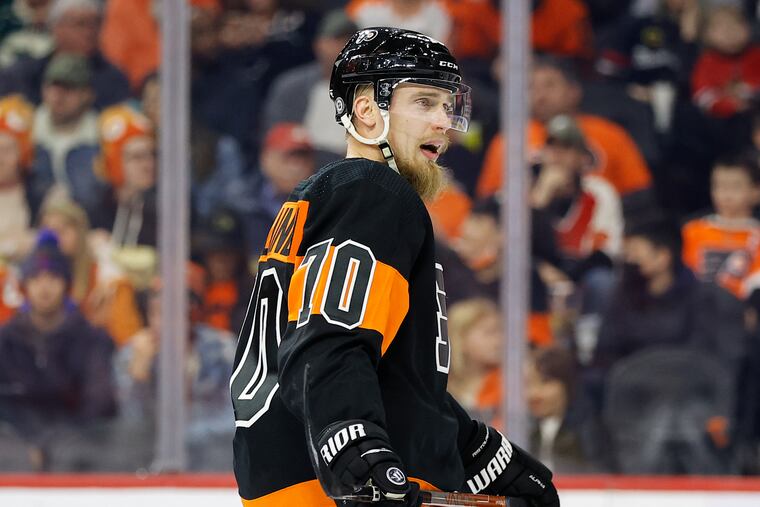Flyers sign defenseman Rasmus Ristolainen to five-year, $25.5 million extension
Ristolainen, who was acquired from Buffalo in the offseason, has brought size and physicality to the Flyers blueline, and was previously set to become an unrestricted free agent this summer.
